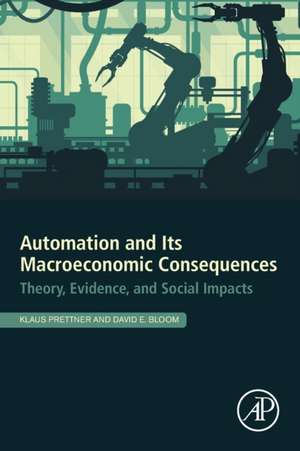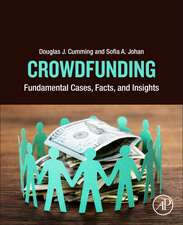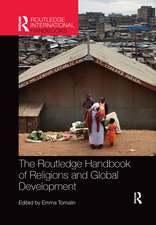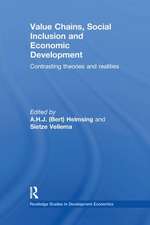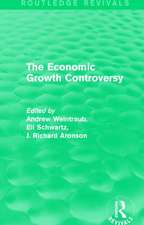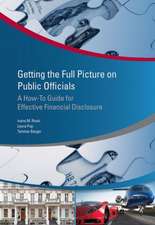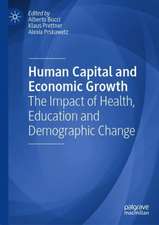Automation and Its Macroeconomic Consequences: Theory, Evidence, and Social Impacts
Autor Klaus Prettner, David E. Bloomen Limba Engleză Paperback – 16 iun 2020
- Introduces formal growth models that include automation and the empirical specifications on which the data-driven results rely
- Focuses on formal modeling, empirical analysis and derivation of evidence-based policy conclusions
- Considers consequences of automation, such as spatial patterns, urbanization and regional concerns
Preț: 467.31 lei
Preț vechi: 630.69 lei
-26% Nou
Puncte Express: 701
Preț estimativ în valută:
89.42€ • 93.18$ • 74.04£
89.42€ • 93.18$ • 74.04£
Carte tipărită la comandă
Livrare economică 27 martie-10 aprilie
Preluare comenzi: 021 569.72.76
Specificații
ISBN-13: 9780128180280
ISBN-10: 0128180285
Pagini: 248
Dimensiuni: 152 x 229 x 21 mm
Greutate: 0.34 kg
Editura: ELSEVIER SCIENCE
ISBN-10: 0128180285
Pagini: 248
Dimensiuni: 152 x 229 x 21 mm
Greutate: 0.34 kg
Editura: ELSEVIER SCIENCE
Public țintă
Upper-division undergraduates, graduate students, researchers, and professionals working in labor economics, development economics, and industrial innovation.Cuprins
- Introduction
- The stylized facts
- Empirical evidence on the economic effects of automation
- A simple macroeconomic framework for analyzing automation
- Endogenous savings and extensions of the baseline model
- Automation as a potential response to the challenges of demographic change
- Policy challenges
- Peering into the future: long-run economic and social consequences of automation; with an epilogue on COVID-19
